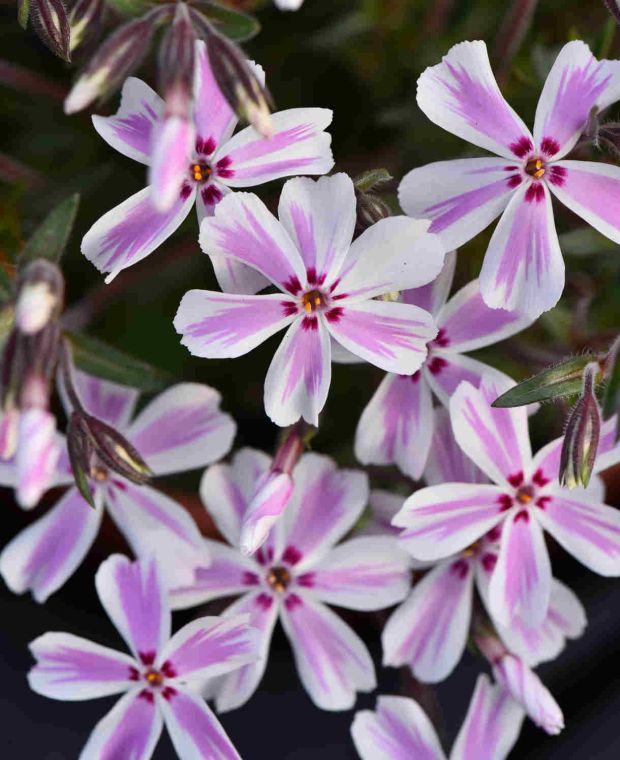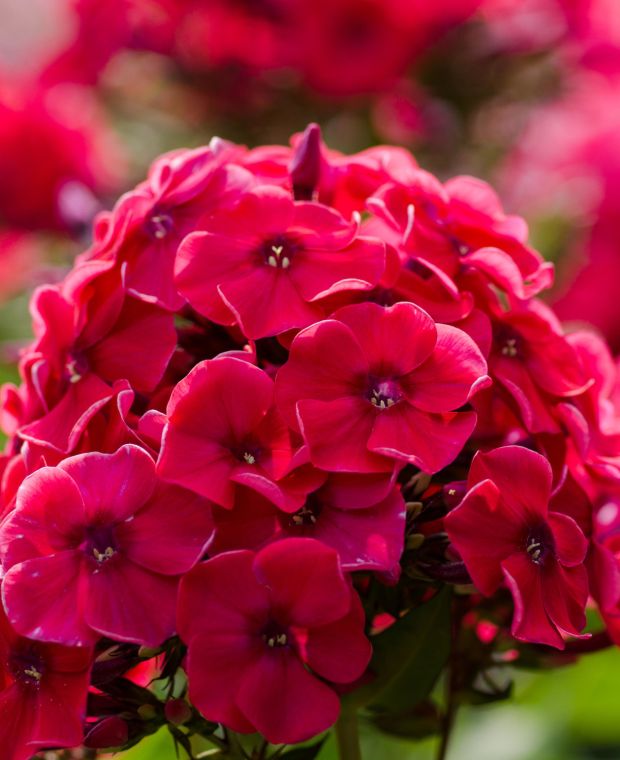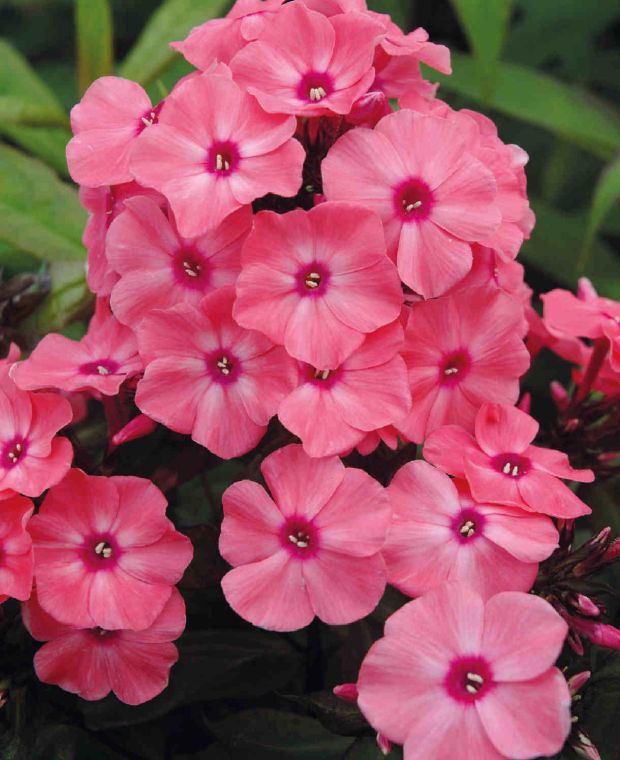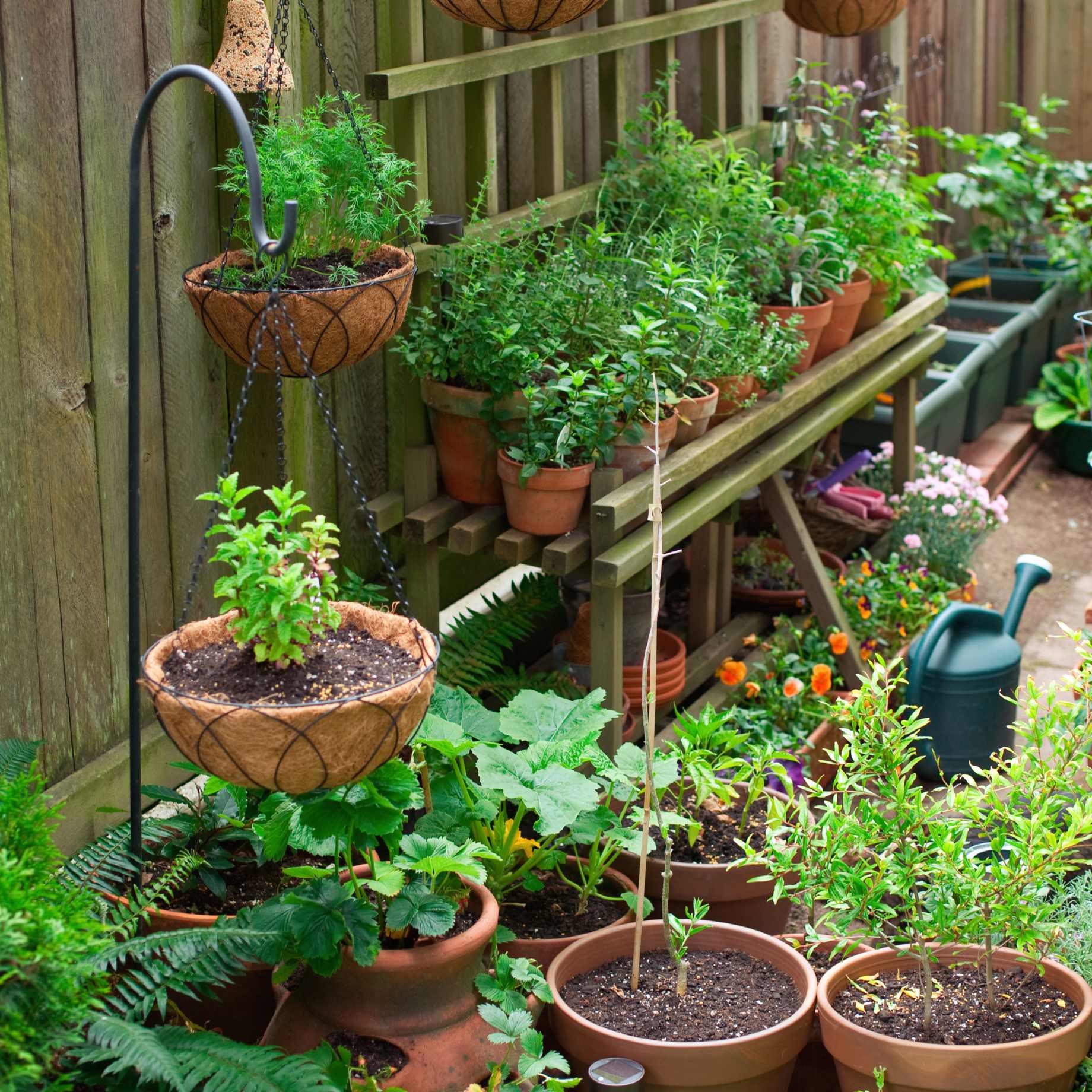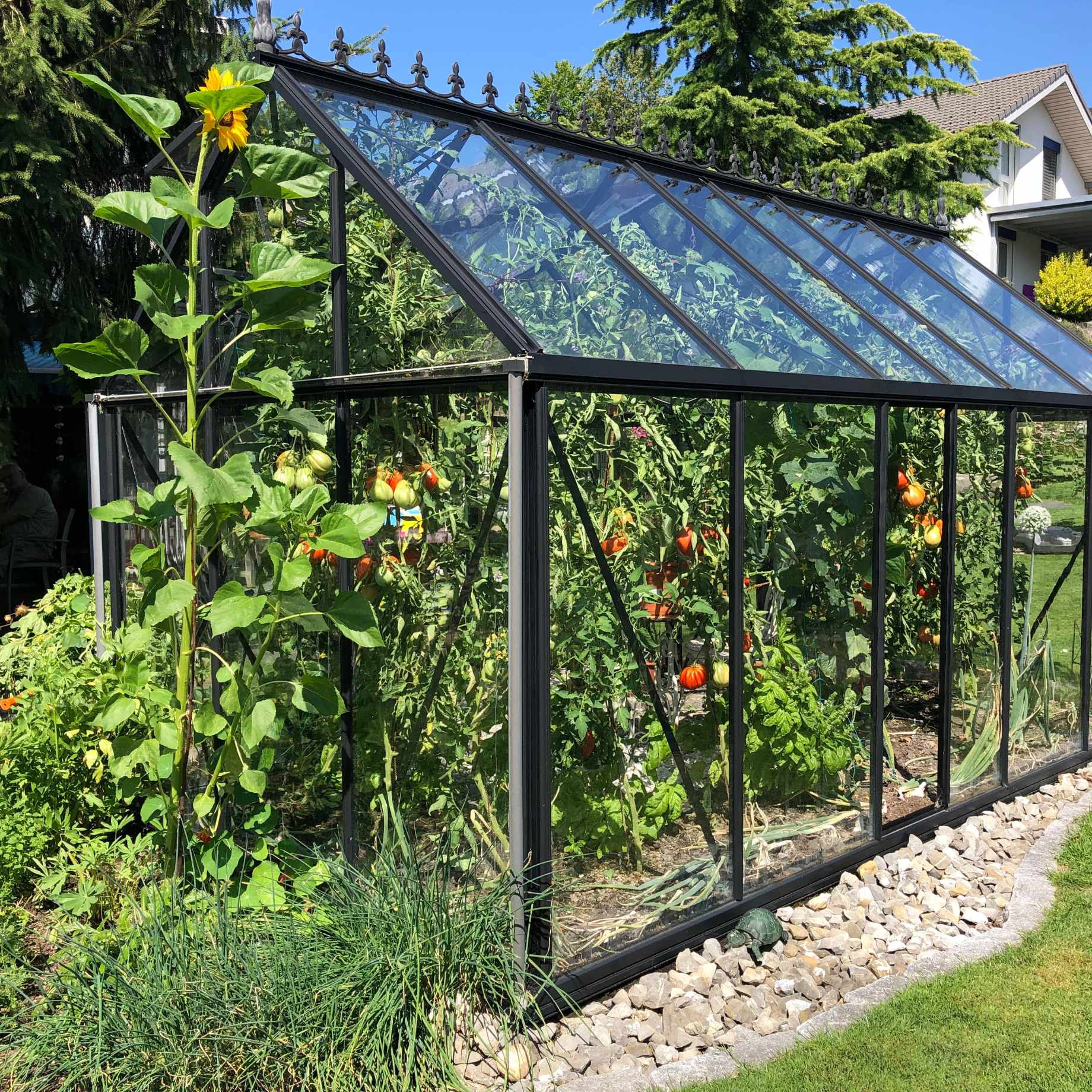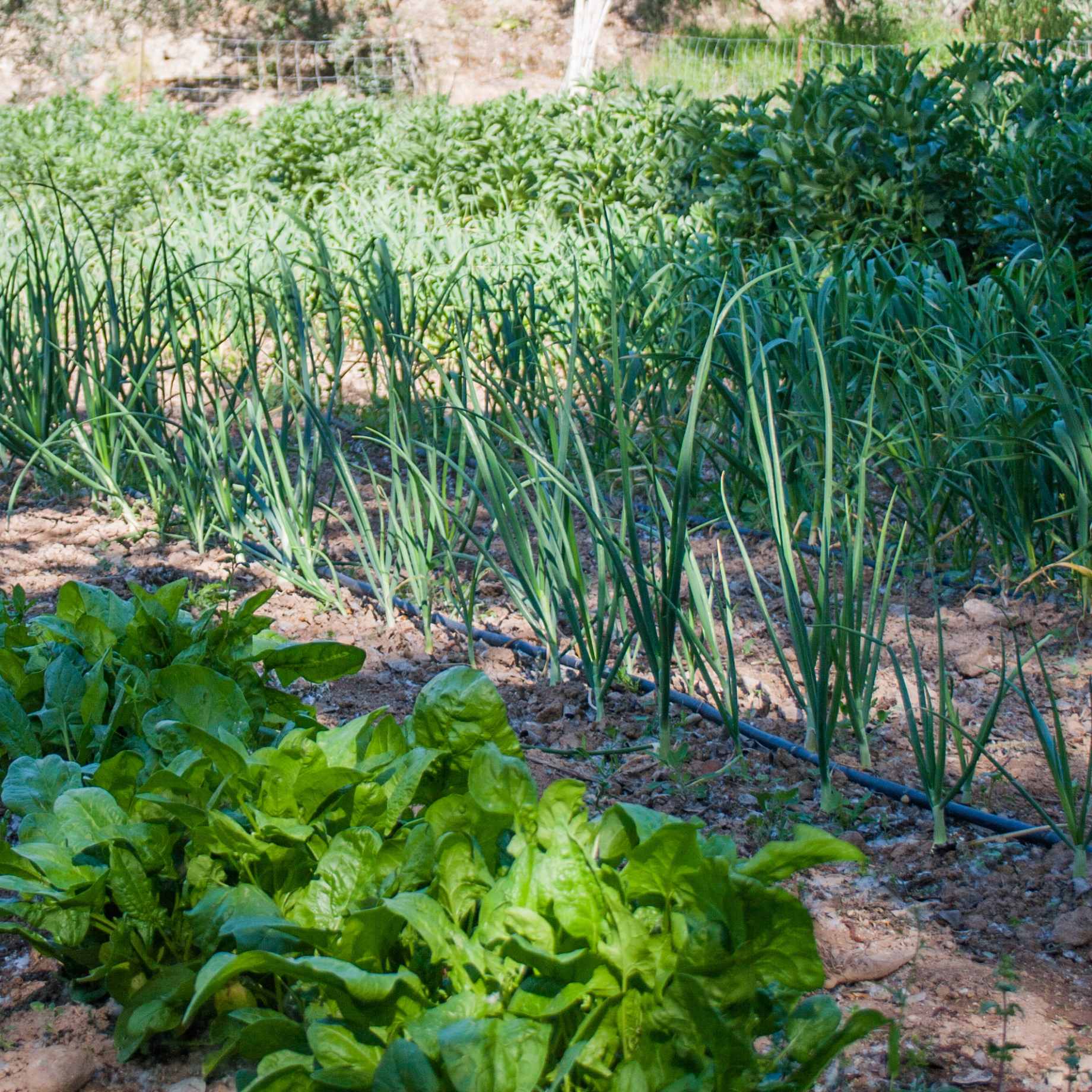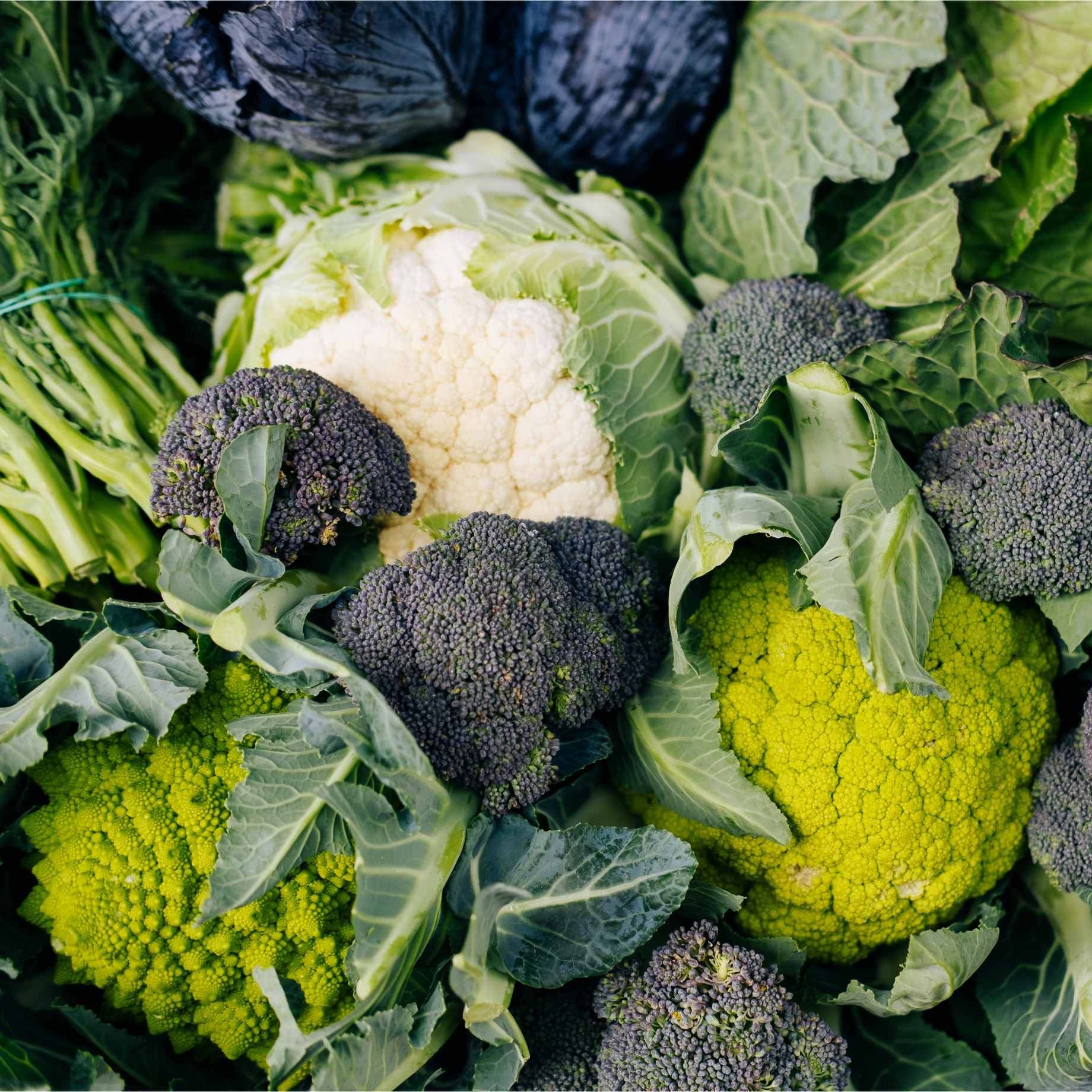Tell Me More…
Phlox subulata are known for being the most colourful groundcover plants; often known as Moss Phlox because of the fine foliage. In Spring, pretty blooms cover the dense, evergreen, weed-suppressing blanket with dramatic effect. Ideal to grow between paths, patios, at the front of a border, in a rock or gravel garden, or spilling from a container attracting butterflies.Popular in Japan, where colourful meadows of Phlox subulata has instigated the Fuji Shibazakua Festival, which is held each year between mid-April and early June, where visitors celebrate the sheer beauty.The Hardy Groundcover Phlox collection comprises; ‘Benita’, ‘Drummond Pink;, ‘Emerald Cushion Blue’, ‘Candy Stripe’, and ‘Scarlet Flame’.Phlox subulata are amazingly versatile, being deer resistant, drought tolerant, attractive to butterflies and happy in sandy soil – so perfect for growing in coastal areas. Phlox subulata are not fussy on soil conditions, grow in sun and part shade. Reaching a height of approximately 15cm and spreading to around 45-60cm, Phlox subulata are fully hardy perennials so you can enjoy them for years to come without the need for any winter protection. .
Flower and Foliage Months
Jan
Feb
Mar
Apr
May
Jun
Jul
Aug
Sep
Oct
Nov
Dec
Foliage Month
Flowering Month
Key Information
| Included In this Collection | Phlox Subulata Scarlet Flame YP | Phlox subulata Emerald Cushion Blue YP | Phlox subulata Candy Stripe YP | Phlox subulata Drummond Pink YP | Phlox subulata Benita YP |
|---|---|---|---|---|---|
| Latin Name | Phlox subulata ‘Scarlet Flame’ | ||||
| Common Name | Creeping Phlox | ||||
| Hardiness | H6 (-15 to -20°C) | ||||
| Colour | Pink | ||||
| Type | Perennial | ||||
| Format | Young Plants | ||||
| Position | Full-Sun, Part-Shade, Part-Sun | ||||
| Foliage | Evergreen | ||||
| Height in Maturity (m) | 0.20 | ||||
| Spread in Maturity (m) | 0.50 | ||||
| Soil Conditions | Chalk Loam Sand | ||||
| Soil Acidity | Acid Alkaline Neutral | ||||
| Aspect | East-facing, South-facing, West-facing | ||||
| Good for pots | Yes | ||||
| Good for Rockeries | Yes | ||||
| Good for wildlife | Yes | ||||
| Good for pollinators | Yes | ||||
| Good for groundcover | Yes |

